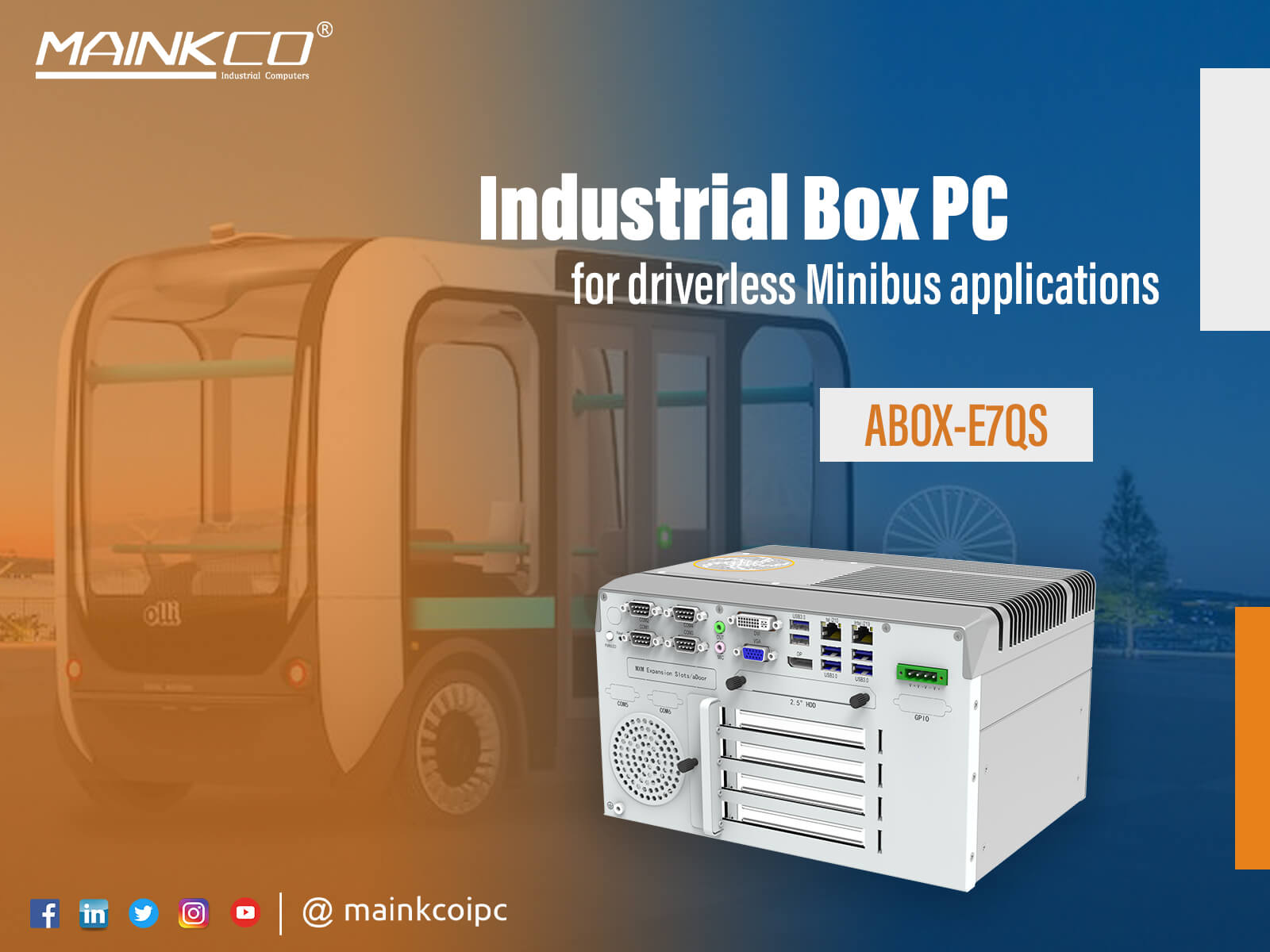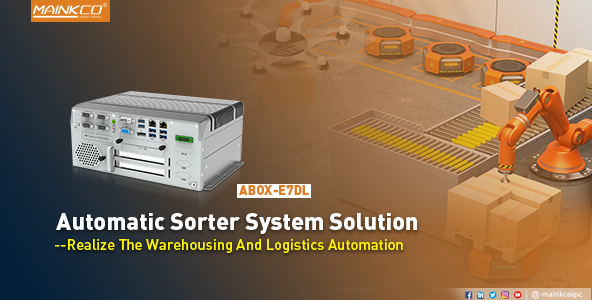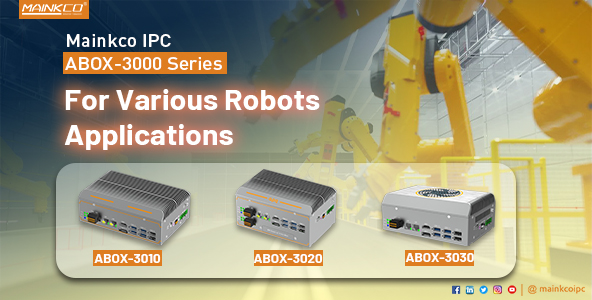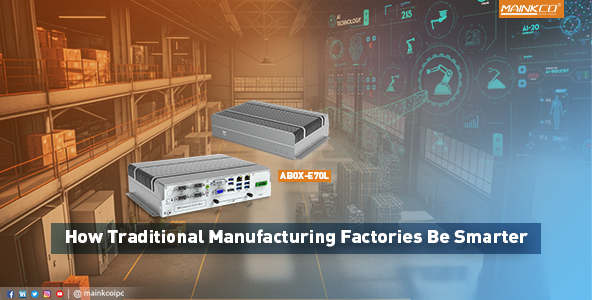Background:
As per the Facts and Factors market research report, the global autonomous cars market was estimated to have generated sales revenue of USD 23.33 Billion in 2020. By 2026, the autonomous cars market is expected to generate revenue of USD 64.88 Billion, increasing at a CAGR of around 22.7% from 2021 to 2026. Artificial intelligence (AI) software, light detection and ranging (LiDAR), and RADAR sensing technology are used to monitor a 60-meter radius surrounding the automobile and generate an active 3D picture of the present environment in autonomous cars, also known as self-driving vehicles. The vehicle is intended to travel between destinations without the assistance of a human driver. The market for self-driving cars is being spurred by government initiatives and policies that encourage the technology. Government agencies are partnering with automakers to speed up advancements in the field of driverless vehicles. The key causes driving the high expansion of auto production around the world include expanding urbanization, strong demographic growth, higher living standards, and increased purchasing power. Furthermore, governments and organizations from various countries are investing heavily in the development of technologically enhanced vehicle characteristics. The increased desire for cars with improved safety, comfort, and convenience is giving autonomous vehicles a lot of impetus.
Autonomous minibus applications:
A driverless minibus is actually a robot. The sensors and cameras on the car are eyes, the computer system is equivalent to the brain, and the wheels are feet. The train system can actively identify virtual track markers (white dotted road signs) on the ground and transmit a running message to the train’s central control unit, the train’s “brain. “The brain gives instructions to control the train on an established virtual track for intelligent operation. At the same time, the car body is also equipped with all kinds of sensors to prevent scratches and collisions.
Equipped with millimeter wave radar, cameras and other technologies, the minibus is able to sense its surrounding environment in great detail, enabling it to accurately identify road markings, vehicles and pedestrians –– making fast decisions using its onboard computers. Each vehicle is also equipped with a safety officer who is able to bring the vehicle to a stop in an emergency.
The ordinary subway is expensive, and it is too expensive to build in small cities. With smart buses, you can shoulder the transportation responsibility of “subway”, while saving road resources and economic costs.
MAINKCO ABOX-E7QS Solutions:
As a solution provider & manufacturer of industrial computing system, MAINKCO IPC constantly builds stable and reliable industrial computing hardware solutions based on market demand. Among them, Mainkco AI Edge computing expandable Box PC ABOX-E7QS is based on the Intel LGA1151 6th/7th/8th/9th Desktop 65W CPU processors platform. It directly uses a high-performance desktop platform processors, combined with Intel Media SDK to achieve multi-channel graphics processing. ABOX-E7QS AI edge computing expandable Box PC provides high AI computing capability, max. support Cambricon MLU270-S4 intelligent acceleration card or NVIDIA GeForce GTX1660TI Graphic card.
Key features:
– Support Intel® 6th/7th/8th/9th Core™ i7/i5/i3 35/65W desktop multicore processors;
– Q170 (Alternative C236) industrial chipset;
– 2 DDR4 SO-DIMM, Dual channels, MAX. up to 32GB;
– 3 Display ports, support 3 hard disks storage;
– Max. expansion up to 10 USB ports, 6 Intel RJ45 ports, 6 COM ports;
– Max. up to support Cambricon MLU270-S4 AI card (128TOPS);
– Max. up to support NVIDIA GeForce GTX1660TI graphic card;
– 4 standard PCIe expansion slots;
– Support wide voltage DC 9V ~ 36V power input.
At the end:
Experts say driverless cars are not driving as well as humans. Because its sensors are vulnerable to bad weather, the accuracy of sensing the surrounding environment is far from meeting the safety requirements. But experts say that in another 20 years or so, there is no doubt that driverless cars will surpass that of ordinary drivers.
The future of transportation is already here with driverless minibuses. When do you think we will see autonomous vehicles widely in use around the world?













